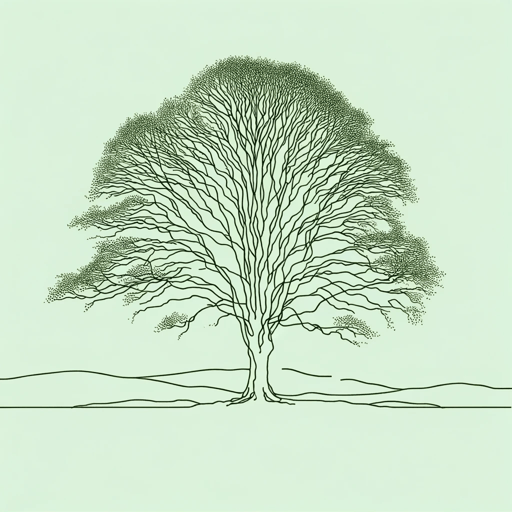37 pages • 1 hour read
William WordsworthLines Composed a Few Miles above Tintern Abbey ...
Fiction | Poem | Adult | Published in 1798A modern alternative to SparkNotes and CliffsNotes, SuperSummary offers high-quality Study Guides with detailed chapter summaries and analysis of major themes, characters, and more.
Symbols & Motifs
The Eye as an Organ of Physical and Spiritual Vision
“Tintern Abbey” is full of visual imagery: the sights of the Wye valley landscape, the speaker’s memory of that beautiful scenery, the appearance of his sister Dorothy, his traveling companion, and the resurrected image of his younger self that he “cannot paint,” all belong to the visual realm. The speaker’s eye is both a literal and figurative organ of vision: a bodily sensory system and a symbol of his manifold capacity for emotional, intellectual, and spiritual awareness. While auditory imagery is also important in the poem (e.g., the mountain streams’ “soft inland murmur” [4]), the eye and vision are the controlling metaphors of “Tintern Abbey.” It is through the eye, primarily, that the speaker takes in the landscape, relives his memory of it, experiences the semi-mystical vision that penetrates “into the life of things” (50), and witnesses evidence of the “motion” and “spirit” that “rolls through all things” (102-104).
In the first paragraph of the poem, the speaker’s eye embraces the pastoral scenery, taking an active role in its composition, framing and altering its details. The eye doesn’t see passively; what, and how, it perceives “impress[es] / Thoughts of more deep seclusion” and “connect[s] / The landscape with the quiet of the sky” (7-8).
Related Titles
By William Wordsworth

A Complaint
William Wordsworth

A Slumber Did My Spirit Seal
William Wordsworth

Composed upon Westminster Bridge, September 3, 1802
William Wordsworth
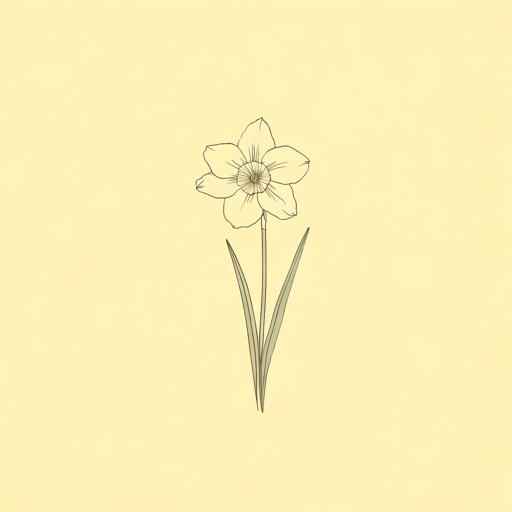
Daffodils
William Wordsworth

I Wandered Lonely as a Cloud
William Wordsworth

London, 1802
William Wordsworth

Lyrical Ballads
William Wordsworth
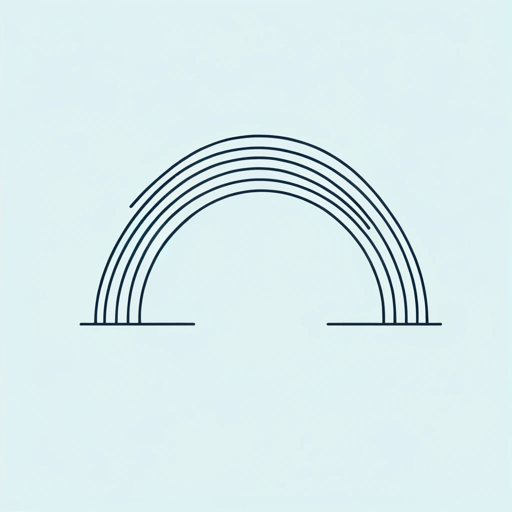
My Heart Leaps Up
William Wordsworth

Ode: Intimations of Immortality from Recollections of Early Childhood
William Wordsworth
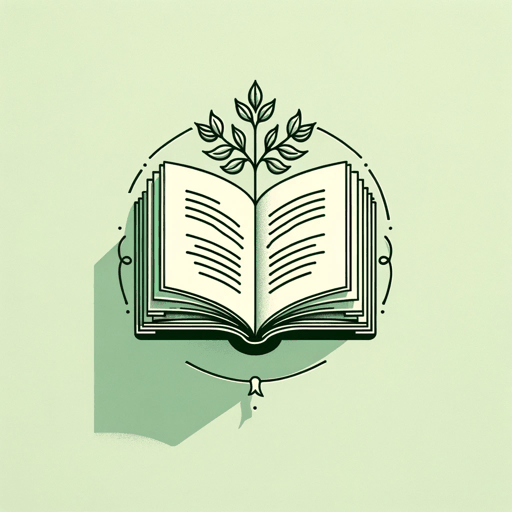
Preface to Lyrical Ballads
William Wordsworth

She Dwelt Among The Untrodden Ways
William Wordsworth

She Was a Phantom of Delight
William Wordsworth

The Prelude
William Wordsworth
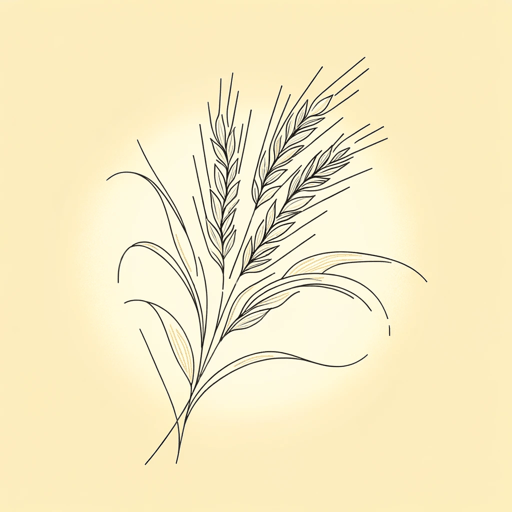
The Solitary Reaper
William Wordsworth

The World Is Too Much with Us
William Wordsworth
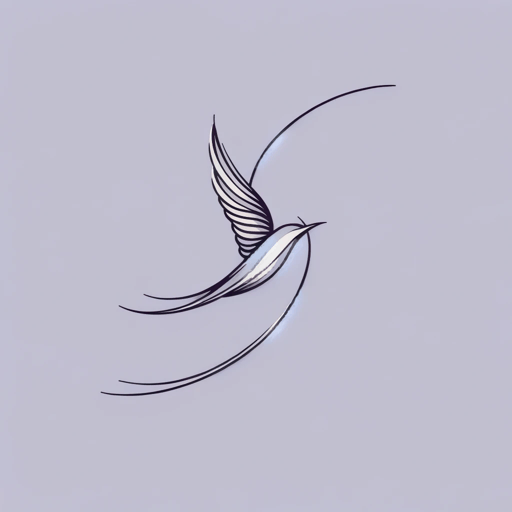
To the Skylark
William Wordsworth

We Are Seven
William Wordsworth
